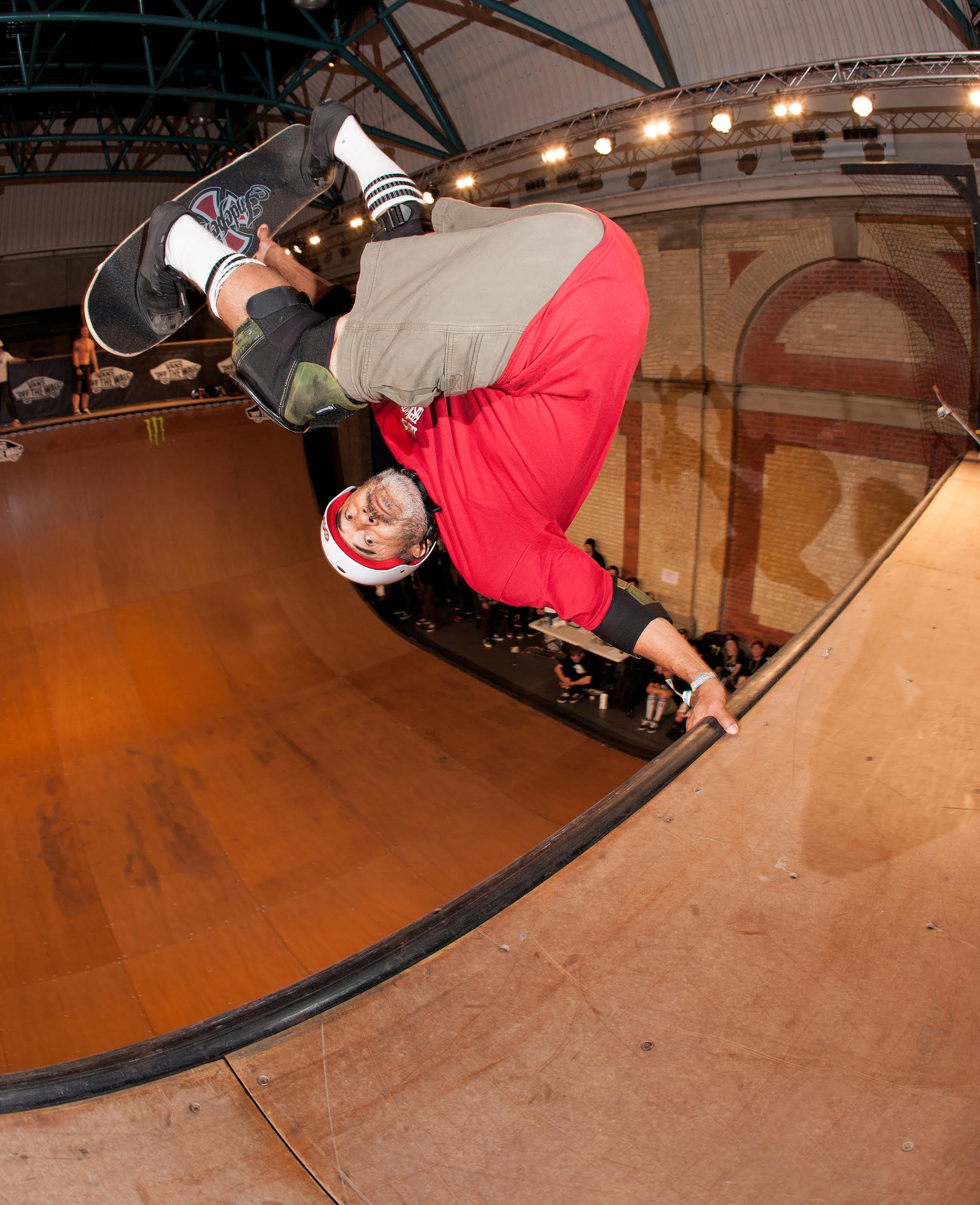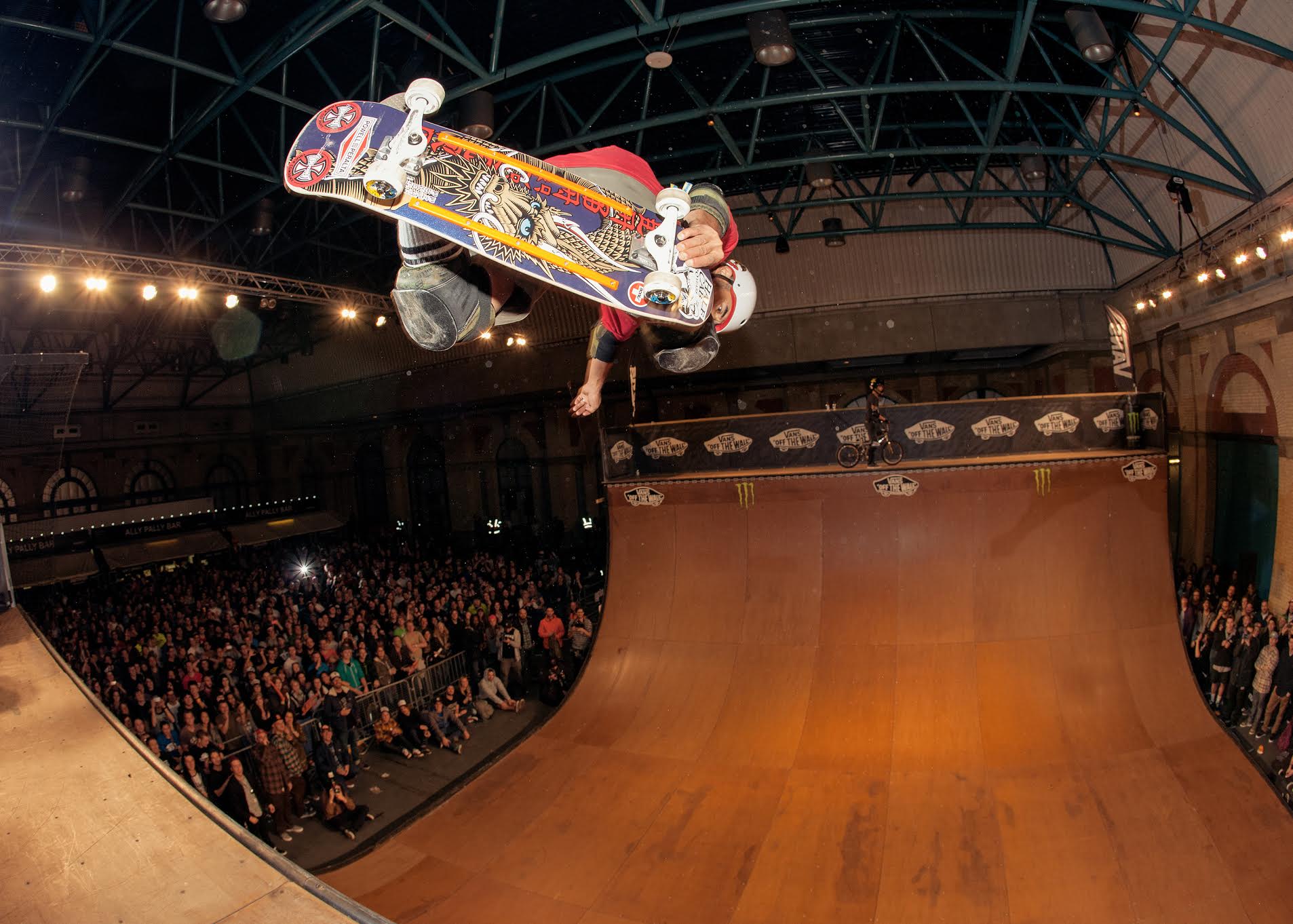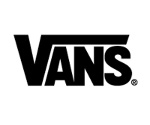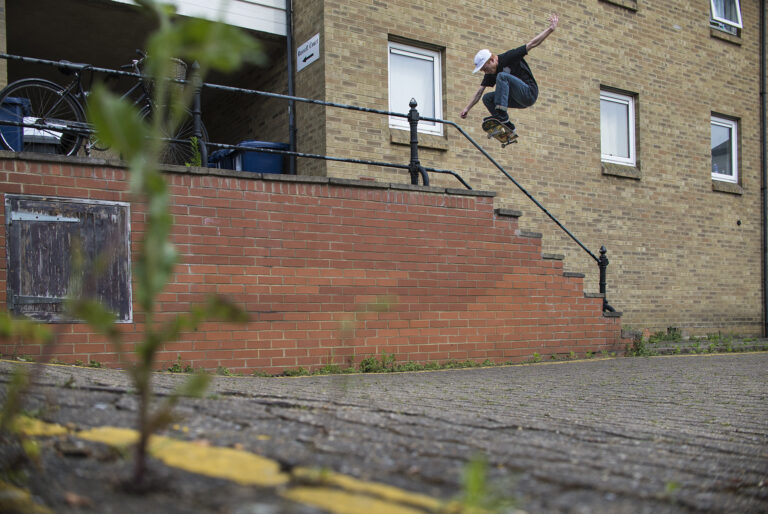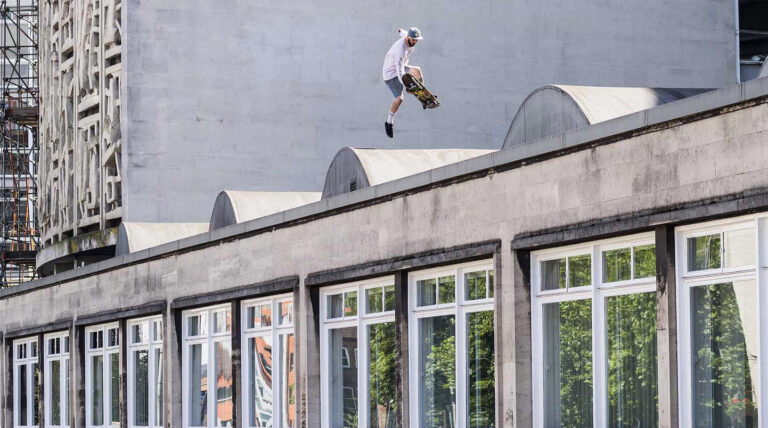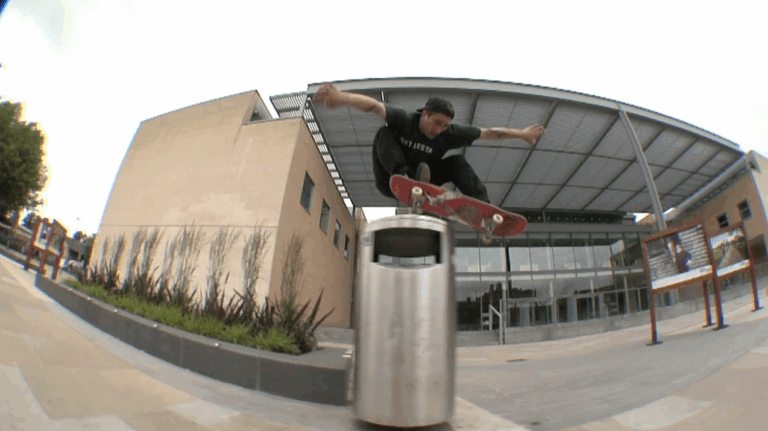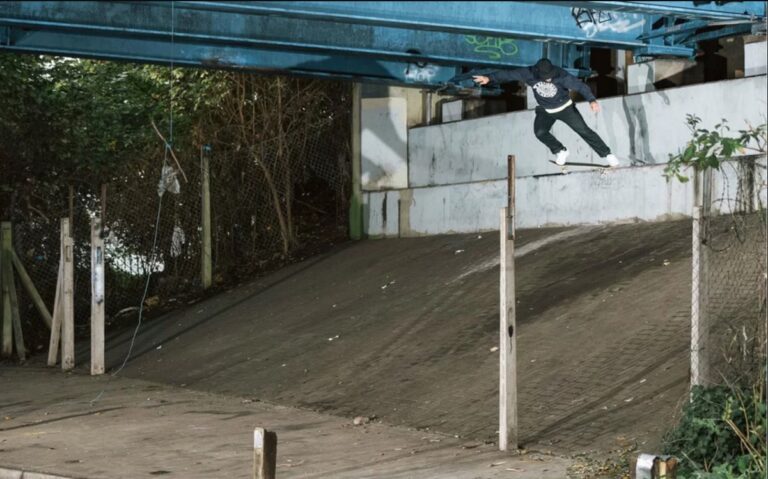Last year saw Vans celebrate its 50th anniversary, and this year is the 25th anniversary of the Half Cab – how have you seen the brand and team change as the years have gone on, and how did it feel to be part of a massive project like Propeller?
Well over the years I’ve seen skaters come and go, some have lasted a while and some haven’t. The team’s constantly changing all the time…but I’ve seen the brand go through different changes and phases as well, from the vulcanised to the cup sole and back to the whole vulcanised look again. I’ve been at a company where probably three or four different CEO’s, different designers, different shoe styles…but what I like about what Vans had done was get back to the roots of their industry – the product and the look.
You start out with a look, then other competing brands come in and you start to try and mimic them because you’re competing against them; you can forget your roots. But Vans figured out that, if they went back to their original look, that would attract not only the people who made them who they are but also make them stand out. I think they’ve done a good job with that.
And do you think that has come from Vans listening to the skaters?
I believe so; I think that every time Vans has listened to a skater, they’ve benefited from it. Obviously with the Half Cab…my shoe came out in 1989, from 1989 until 1991 I saw people cutting my shoe down. I started doing it myself but after my third pair I was just over it and was like “Why don’t we just make them like this?” So I called Vans in 1991 and was like “Hey, I see this huge trend in my hi-top. We should make them like this rather than have people having to cut them down all the time and we’ll call it the Half Cab.” Because I listened to skaters and Vans as a company listened to me as their skater, 25 years later here we are still selling the Half Cab. I always wonder what it would have been like if they didn’t listen [laughs]. But the fact is that they did listen to what I wanted, which is cool.
When Rowley got on the team and he made that whole shift towards bringing them back to the classics, the Half Cab was part of that line as well which helped to bring that back to life. So yeah, I think that the times that Vans have listened to their skateboarders then they’ve benefited from it and they still do. The Vans video Propeller video was such a long time coming because they listened to skaters saying that they should have Greg Hunt come in to put the video together, and he produced a beautiful piece for Vans first video.
You’ve also stuck with Powell since the beginning. Such longevity with single brands is almost unheard of, how have you maintained such close ties with these companies?
Well like I said before, I think it really depends on the individual and their personality. I feel like I’m a pretty loyal person if the company stands behind me. Every business deal is a relationship and you’re going to have your ups and downs, when it comes to Vans or Powell it hasn’t always been good times. There’s been bad times, slow times, those times when I didn’t even have a model for Powell but I stuck with them. I probably could have got a model from another company, but I stuck with them and said “OK, if right now the industry doesn’t want to see a Caballero model then that’s fine.” Sticking with them, I have a model today and the fact that I have this history with them – the reissues sell really well from the 80s.
Same with Vans; I’ve had pay cuts, in the beginning I had a really terrible contract but I sold a lot of shoes. Once they changed CEOs and broadened their market overseas I changed the contract so it benefited me more, then just before Rowley came on I got a huge pay cut…which I’m sure helped fund Rowley’s whole programme. But in the end that benefited me, it helped Vans bring the Half Cab back to life and it’s still selling well today. Sometimes you have to make sacrifices you know – you have to work with the company, if they’re not doing so well then maybe you don’t get as much. But I know for a fact that when I have stuck with companies through the low times, in the high times I’ve benefited. I think that’s how you have longevity with a company and I can say that I’m probably the only skateboarder to have such a long relationship with both a shoe and board company. That’s because I’m not trying to go for the big bucks, if the company is suffering then I suffer with them.
